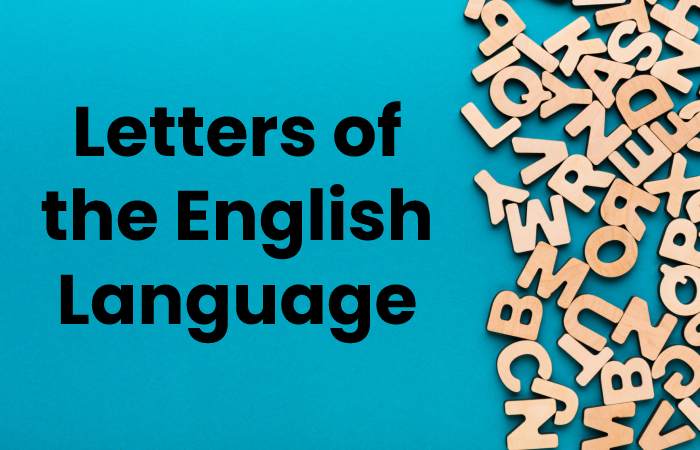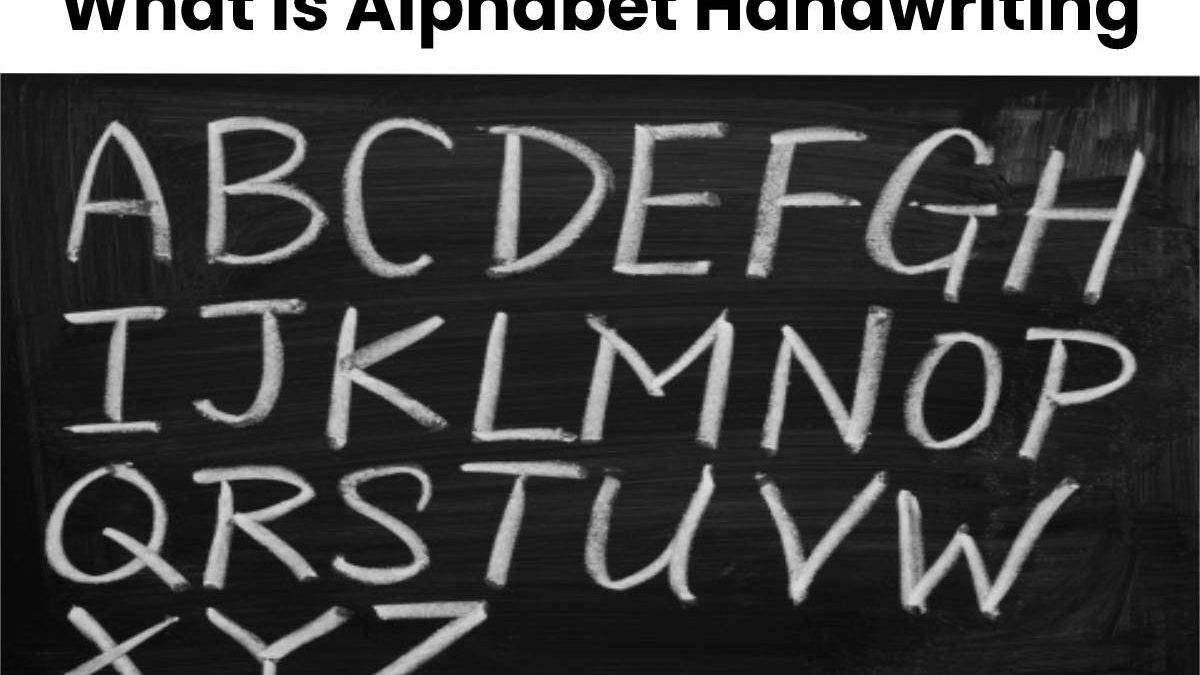Alphabet Handwriting: An alphabet is a collection of letters or symbols we use in writing to represent the essential speech sounds of a language.
This page discusses how to write the English alphabet. You can learn how to pronounce the English alphabet by clicking here.
The word “alphabet” remains derived from the Latin word “alphabet.” “Alphabetum” is derived from the first two letters of the Greek alphabet, “alpha” and “beta.”
Table of Contents
Letters of the English Language Alphabet

The English alphabet comprises 26 letters, beginning with a and ending with z. The entire alphabet remains shown below.
Small and Large Letters
Each note of the English alphabet can remain written as a “small letter” (ABC) or a “large letter” (ABC) (ABC). Large letters are sometimes called “capital letters” or “capitals.”
The entire alphabet is shown below, with small letters on the left and capitals on the right:
a A
b B
c C
d D
e E
f F
g G
h H
I I
j J
k K
l L
m M
n N
o O
p P
q Q
r R
s S
t T
you U
v V
w W
x X
y Y
z Z
Font Styles
The printed letters of the alphabet are available in various styles and designs. Each style remains referred to as a “font.” This page displays all 26 characters in 5 styles, as small and large letters. In this order, each column displays a different font style:
Serif: Most strokes have serifs, or small projections, at the end.
Fixed-width lettering is similar to old typewriter lettering in that each letter is roughly the same width, so I receipt up the same space as “w.”
- Sans-serif: sans serifs
- Cursive: similar to handwriting
- Imaginative, artistic
- Alphabetical Order
The letter a begins the English alphabet and ends with the letter z. The alphabet remains always written in the same order:
a-b-c-d-e-f-g-h-i-j-k-l-m-n-o-p-q-r-s-t-u-v-w-x-y-z
A-B-C-D-E-F-G-H-I-J-K-L-M-N-O-P-Q-R-S-T-U-V-W-X-Y-Z
This is known as “alphabetical order.” Lists remain frequently written in alphabetical order. To write a list of nations in alphabetical order, for example, we begin with countries that begin with the letter A, then countries that begin with B, and so on.
As an example:
- Australia
- Brazil
- Canada
If more than one term starts with the letter A, we put them in order based on the second letter, formerly the third letter, and so on:
- Algeria
- Argentina
- Belgium
- Benin
- Bermuda
- We use alphabetical order for many things, for example:
- Dictionaries
- Indexes of books
- Telephone directories
When is the Optimal Spell to Teach Letter Formation?
Children are generally ready to learn how to form letters when they can trace, copy, and write lines, shapes, and patterns.
Remember that to form letters; students must first identify the letters. Letter recognition consists of four parts: 1.)Letter recognition entails recognising the shape and size of a letter. 2.) Letter naming entails recognising that the shape of a letter corresponds to a letter name. 3.) Letter sound knowledge – determining which sound corresponds to the letter’s shape or name. 4.) Letter writing – the skill to trace or write a letter by its shape and direction with a pen. Dinehart (2015)
Children must learn the shape of a letter as well as the letter’s name.
Conclusion
A best practice is for an entire school to use the same handwriting curriculum so that students at each grade level remain taught letter formation similarly. According to research, providing students with specific handwriting instruction has advantages.
Also read : Brief of we the People SVG

